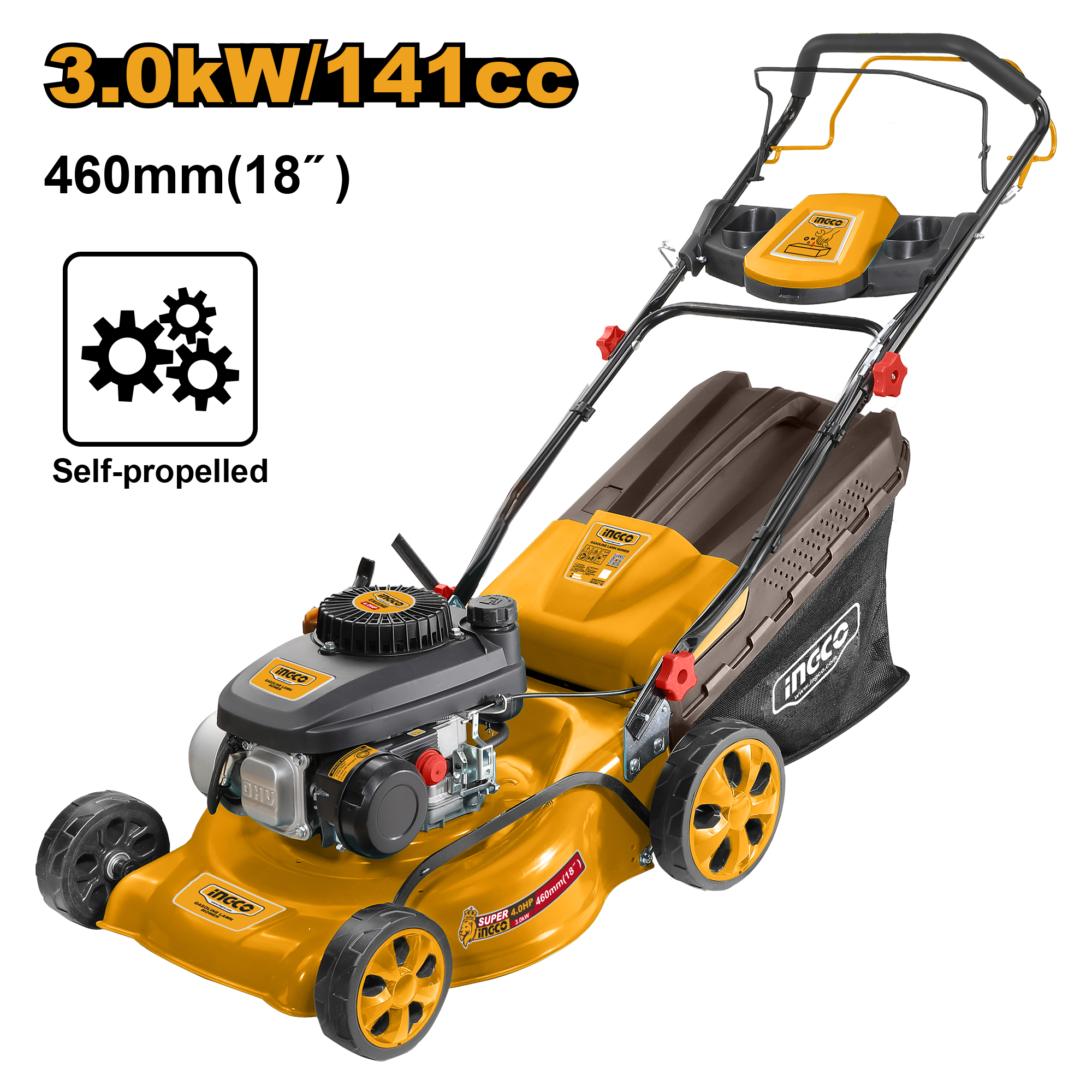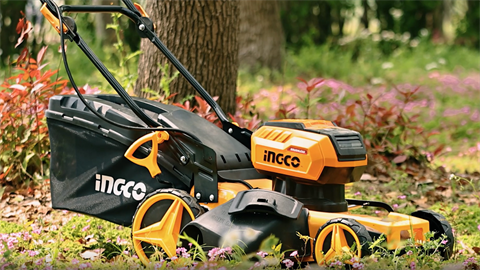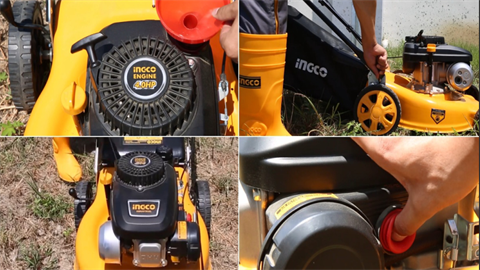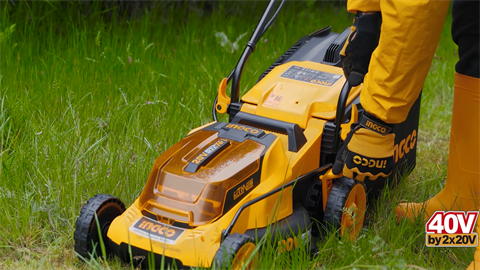How to Change Oil in Lawn Mower: Step-by-Step Guide
Maintaining your lawn mower can keep your yard looking pristine. One crucial aspect of this maintenance is managing the oil, which involves knowing how to check the oil level, and understanding when it's time for an oil change. This guide will provide detailed steps on how to change oil in lawn mower, ensuring your equipment runs smoothly and efficiently. You'll have all the information needed to maintain your lawn mower's performance here.

How Do I Check the Oil Level in My Lawn Mower?
To check the oil level in your lawn mower, follow these steps:
- Find the Oil Fill Cap: Locate the oil fill cap on your mower’s engine, usually on the side. It often has a dipstick attached and is labeled "Oil" or "Fill" for easy identification.
- Use the Dipstick: Remove the oil fill cap and dipstick, then wipe the dipstick clean with a cloth or paper towel. Reinsert the dipstick into the oil fill hole and remove it again to check the oil level.
- Read the Dipstick: Look at the markings on the dipstick indicating the oil level. Ensure the oil is within the designated range. If it’s below the “Add” mark, add more oil.
- Inspect Oil Quality: Check the color and condition of the oil. If the oil is amber and clear, it’s good. If it’s black or dirty, replace it.
When to Change Oil in Your Lawn Mower?
Different factors determine the best time to change the oil, ensuring your mower operates smoothly and reliably. Let's explore the key moments when you should consider changing the oil in your lawn mower:
- Every 25-50 Hours of Operation: Regularly changing the oil within this range keeps your mower running smoothly.
- Start of Each Mowing Season: Begin the season with fresh oil to ensure optimal performance.
- Owner’s Manual Guidelines: Refer to the specific recommendations for your mower model.
- Push Mowers: Change oil every 50 hours of use.
- Riding Mowers: Change oil every 100 hours of use or at least once per season.
- Oil Appears Black, Dirty, or Gritty: Check the oil's condition and replace it if it looks contaminated.
- Engine Makes Unusual Noises or Sounds Harsh: Uncommon sounds may indicate that the oil needs changing.
- Mower’s Performance Declines: Noticeable drops in performance can signal the need for an oil change.
- Excessive Smoke or Burning Odor from the Engine: These signs often point to old or insufficient oil.
How Do I Change the Oil in My Lawn Mower?
Regular oil changes can extend the life of your lawn mower and improve its performance. Follow these steps to change the oil in your lawn mower.
Prepare Tools and Materials
Before you start, gather the necessary tools and materials. You will need:
- A wrench or socket set
- A drain pan
- A funnel
- A clean cloth
- The recommended oil for your lawn mower
- A new oil filter (if applicable)
Start the Engine
Start your lawn mower and let it run for a few minutes. Warming up the engine allows the oil to become thinner and flow more easily, making it easier to drain. After a few minutes, turn off the engine and let it cool slightly to avoid burns.
Disconnect the Spark Plug
For safety, always disconnect the spark plug before performing any maintenance on your lawn mower. This will prevent the mower from accidentally starting while you are working on it.
Remove the Oil Cap
Locate the oil cap on your lawn mower. It is usually found on the top or side of the engine. Use a wrench or socket set to remove the oil cap. Be sure to have a drain pan ready to catch the old oil as it drains out.
Drain the Old Oil
Position the drain pan under the oil cap opening. Tilt the lawn mower to allow the old oil to drain completely into the pan. This process can take a few minutes, so be patient and ensure that all the old oil is removed.
Replace the Oil Filter
If your lawn mower has an oil filter, now is the time to replace it. Remove the old filter and install a new one, ensuring it is securely in place. Refer to your lawn mower's manual for specific instructions on replacing the oil filter, as this can vary between models.
Add New Oil
Using a funnel, pour the recommended type and amount of new oil into the oil cap opening. Be careful not to overfill. After adding the new oil, replace the oil cap and wipe away any spills with a clean cloth.
Choose the Right Lawn Mower
Maintaining your lawn mower, including regular oil changes, enhances its longevity and performance. However, selecting the right lawn mower is just as important to ensure efficient and hassle-free maintenance. When considering a new lawn mower, INGCO lawn mower offers a range of high-quality options designed to meet various needs.
For instance, the INGCO Gasoline Lawn Mower GLM196201 features a powerful 196cc engine with a cutting width of 510mm, making it ideal for larger lawns. Its robust design includes a catcher, side discharge, mulching, and rear discharge options, providing versatile functionality for different lawn care tasks.

Conclusion
Maintaining your lawn mower by regularly checking and changing the oil ensures its longevity and optimal performance. Following the instructions on how to change oil in lawn mower outlined in this guide, you can confidently handle these tasks, enhancing the efficiency and lifespan of your equipment. This aim is to keep your lawn mower in excellent condition, providing reliable service for your lawn care needs.
FAQs
Why is it important to change the oil in my lawn mower?
Changing the oil in your lawn mower ensures the engine runs smoothly, reduces wear and tear, and extends the mower's lifespan. Fresh oil lubricates engine parts, preventing overheating and damage.
What happens if you don't change oil in lawn mower?
If you don't change the oil in your lawn mower, the engine can overheat, suffer increased wear, and potentially seize up, leading to costly repairs or the need for a replacement.



